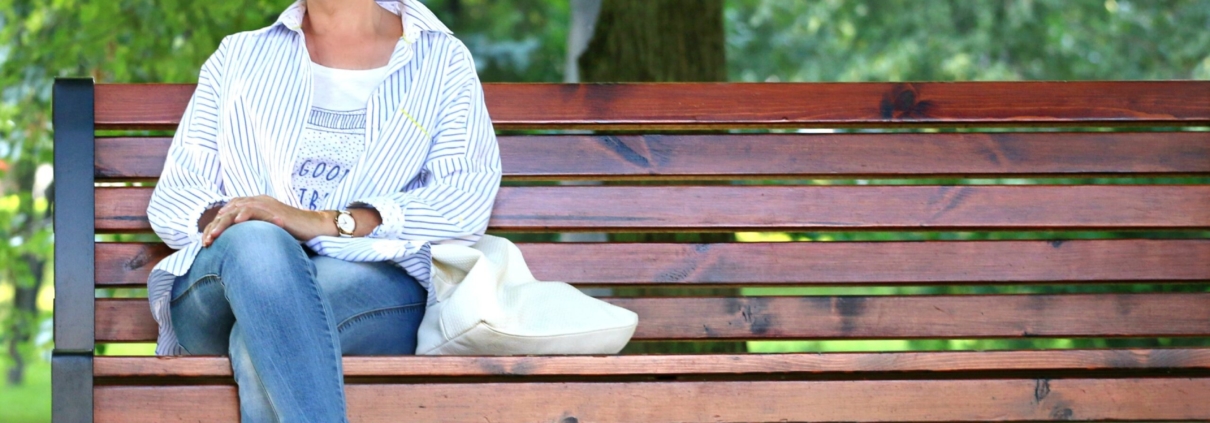Inner Pelvic Health | A New Approach to the Squat
By Mia Munroe
The Prevalence of Pelvic Floor Dysfunction
Pelvic floor dysfunction is becoming all too prevalent, affecting women in every stage of life, and unfortunately is acknowledged as the norm. Incontinence is not comfortably discussed among women yet the growing number of various adult bladder control products is rising steadily. Mainly following childbirth, varying degrees of prolapse severity (different inner organs falling out of place) is a frightening reality for too many women. The female body was built to handle childbirth and bounce back to full recovery, yet this appears to be no longer the case. It seems apparent that perhaps it is our lifestyle habits that no longer support our pelvic health. By approaching inner pelvic healing from a logical and comprehensive standpoint based on its design and uses, there are alternative answers to healing damage that typically stems from childbirth.
Ineffective Treatments for Pelvic Floor Health
In my exercise teaching experience, I found not only that pelvic floor issues have become the norm following childbirth but the treatments are ineffective and in many cases harmful. Surgically implanting slings and mesh suspension systems, wearing pessary insertions, and injecting bulking agents more commonly used in facial plastic surgery, are some of the current choices offered by traditional medicine. As I began researching and discussing the issue more openly with my clients, I heard Kegel exercises were, if anything, found to be frustrating and seldom reaching beyond a superficial fix of bladder control. The less invasive yet initial option of “X number of Kegels per day” has failed to be effective on it’s own and could even be argued as detrimental to pelvic floor health.
Extensive anatomical research revealed slightly differing graphical interpretations. Its given label of the pelvic floor denotes a complex group of muscles layered and designed to work together in ways that differ depending on the specified function. Where the traditional Kegel exercise is most often learned by isolating the Kegel muscle (pubo-coccygeous), stopping your flow of urine, in truth, that is but one component of a complex family of muscles with differing yet definable actions. Documentation shows Alfred Kegel working with patients primarily using a perineometer (a phallic shaped balloon used to measure and exercise the muscles of the pelvic floor). In actuality, ‘kegeling’ around nothing results in a tight, weak pelvic floor. Consider the dissatisfaction of chewing with nothing in your mouth. Perhaps if the labeling of these muscles weren’t limited by being called “a floor”, the potential for isolating and emphasizing certain areas along the natural cylindrical shape would be better understood.
Letting Go of the Kegel and Embracing the Squat
By incorporating movement in one’s legs, pelvis, and spine supported by deep breath work, I teach cylindricization (extending the base downwards and narrowing the top upwards), in either a seated or standing position. With repetitive practice and proper use of breath, one can learn to simultaneously flex at the top and extend at the base. Deep inner pelvic muscles exist to not only to lift but to extend or cylindricize the vaginal canal. However, accessing this level of sophistication led me to what may be the most important component missing from our pelvic health – the opposite of a “Kegel”, which is squatting.
All muscles become stronger when stretched deeply. Unfortunately multiple squatting practices have sociologically disappeared. We no longer harvest our own food and the ones who do, sit on a tractor. Waste cannot be properly eliminated while sitting on a toilet, currently our only social and economic choice (with the exception of many Asian countries). Is it possible that all these near universal changes have contributed to tight, weak pelvic floors? Certain cultures, unlike our own, do embrace squatting as the preferred position during childbirth. Yet this practice is only recognized in a handful of states that accept midwifery.
Our sedentary lifestyle tightens our hips and knees, making squatting difficult for some but not impossible. There are ways to modify a weight-bearing squat by using pillows underneath the sitz bones and positioning ones weight either forward onto ones hands or backward by hanging onto a door jam. Anyone can find their own comfortable squat by adjusting leg width and pointing ones toes either straight front or slightly out. Finding the correct modifications will take pressure off of fragile knees and avoid over-stretching tight hips. As I worked with more and more clients, results have proven that alternating squatting and standing with one’s legs strongly extended will in time result in taking pressure off this central mid-pelvic region. I always insist on completing a squat by standing with the legs as close together as possible if not touching. It is afterwards that one will feel a deep internal lift taking pressure off of the bladder and lower organs.
“Perhaps the best approach to these pelvic disorders could be reversed by letting go of the Kegel and embracing the squat.”
Mia Munroe is a GYROKINESIS® Master Trainer. She will be teaching two GYROKINESIS® for Pelvic Floor Health classes at MOVE Wellness Studios State Street on Monday, June 18 and Wednesday, June 20th from 6:00-7:30pm. They are open to the public and all levels. CLICK HERE to sign up
Gyrokinesis Instructors can take the GYROKINESIS® Applications for Pelvic Floor Health Workshop with Mia Munroe on June 18-20 from 2-6PM. CLICK HERE to sign up.
This article was originally published in “Healing our World” from the Hippocrates Institute


